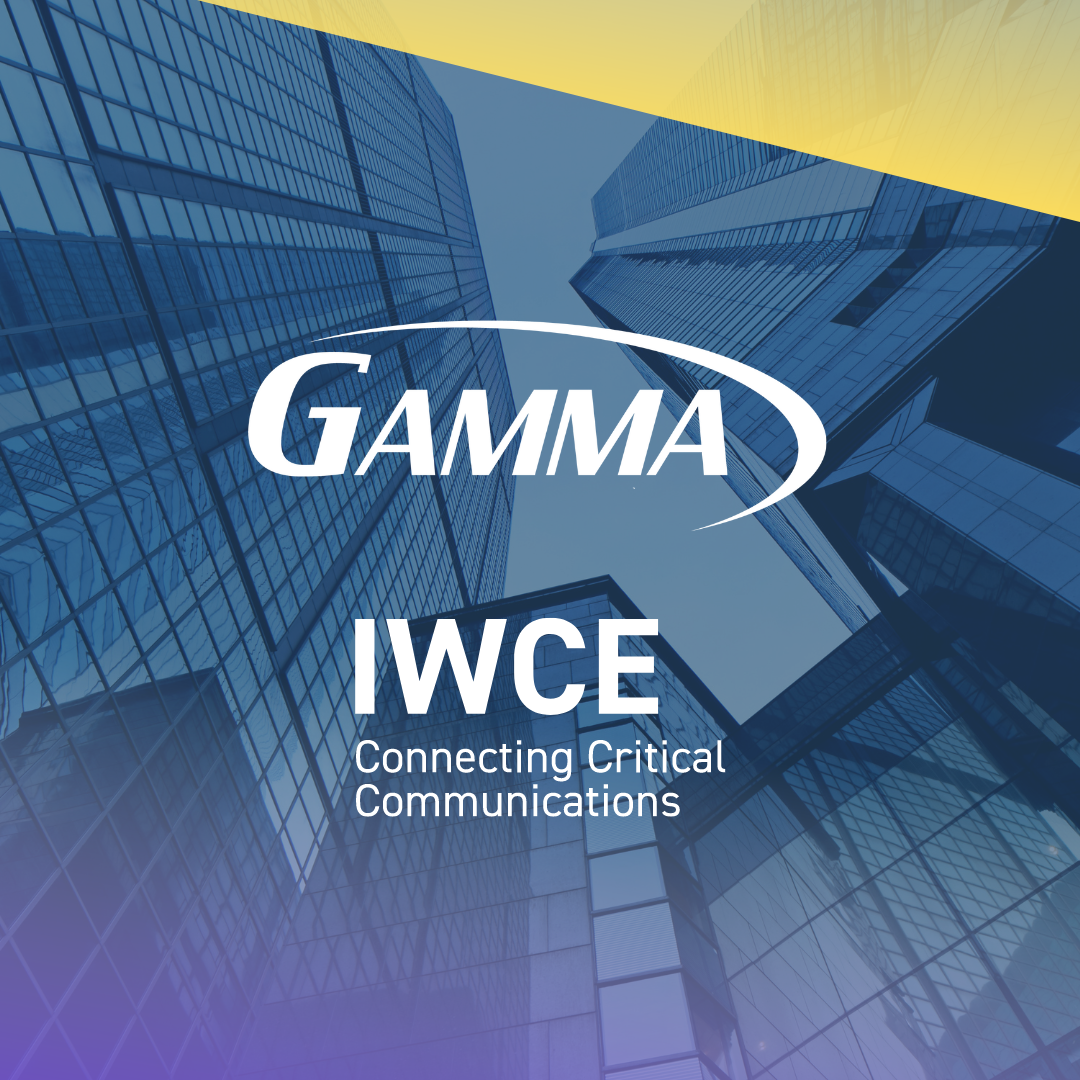New: Rugged, Ultra Low Loss, Coax Cables
The Gamma Electronics team is happy to announce a new addition to our cable line of products: Rugged, Ultra Low Loss, RF Coaxial Cables.
Below we provide answers to, (what we assume will be), common questions and we provide some test data as well.

What does “Ultra Low Loss” Mean?
These new cables are an upgrade over braided shield cables, (i.e. LMR 195 & 400), which are often referred to as low loss cables. While it’s true that braided shield cables tend to produce good low loss results, our new Ultra Low Loss cables significantly improve both the VSWR and insertion loss results over low loss cables, hence the name, “Ultra Low Loss.”
The Test Results
We’ve compared our cables against LMR 195 & 400 cables to find improved VSWR results, as well as up to a 25% improvement on insertion loss results. Our Rugged, Ultra Low Loss Cables will make it so that more of your signal gets to the desired destination. You can see the test results in the chart below, where we compared these new cables, (labeled as S-FLEX 1/4″), against both LMR 400 and LMR 195.
It’s important to note that a drop of 1 dB amounts to about a 26% improvement. For those who might not be familiar, measurements like dB are not done on a linear scale but instead utilize a logarithmic scale. Logarithmic scales are intentionally used to make numbers that would be spaced apart from one another on an exponential level, easier to read on a single chart. So, for example, in the Insertion Loss test results above, a 1 dB improvement may seem like “only 1 dB,” but it is actually around a 25% improvement.
What Makes these Cables Different?
The single biggest difference between our Rugged, Ultra Low Loss Cables, compared to cables like LMR 195 & 400, is the cable’s outer shield. The outer shield, (sometimes also referred to as the outer conductor), is the part of the cable that sits just inside the cable jacket. It’s called a shield as it rejects outside interference, but it also acts as a conductor that helps propogate the signal through the cable.
Low Loss cables use a braided shield, which are made up of many small, woven, metallic fibers. Those fibers create a shield to help block external, electromagnetic interference. Low Loss cables also require a foil conductor, that sits just inside the braided shield, to act as a conductor, which helps conduct and propogate signal through the cable. Low Loss cables need this two piece solution that produces good, but not great results.
Our Ultra Low Loss cables on the other hand, utilize a spiraled, corrugated copper design, which accomplishes both the rejection of outside interference as well as conducting signal within the cable, with great results.
Ultra Low Loss Coaxial Cable Interior
Braided Shield Cable Interior
A braided shield is, simply put, an inferior outer shield/conductor compared to the spiraled, corrugated copper used on the Ultra Low Loss coaxial cables. A simple bend or twist in the cable could easily introduce a gap in the braided shield, which is not going to happen on a corrugated copper cable, unless there is a noticeable break in the cable, (also unlikely to happen). Additionally, the braided shield is not as durable, which we’ll go into more below.
What Makes these Cables Rugged?
Ultra Low Loss cables are far better suited to withstand the wear and tear that comes with being deployed on cell phone, WISP, or fixed wireless applications. Braided shield cables, as a comparison, can be easily knicked or cut, resulting in a gap in the outer shield/conductor, that leaks signal while also allowing for outside interference to work its way into the cable. In addition, that knick/cut in the cable has introduced an entry point for moisture into the cable.
Ultra Low Loss cables, on the other hand, have that superior outer shield that will better withstand knicks and cuts. It’s a single piece of copper as compared to a bunch of braided metal fibers, making it tougher and more durable. Even if the cable jacket were to be knicked or cut it’s unlikely the cable’s outer shield would be cut as well.
Lastly, the Ultra Low Loss cables are soldered instead of being crimped. Not only does this give better test results, but in simple pull tests we found that braided shield cables needed far less pull to come apart than the Rugged, Ultra Low Loss Cables. A strong enough tug and the connector on braided shield cables would pop off, but not so with the Ultra Low Loss cables. The Rugged, Ultra Low Loss coaxial cables required one side to be held in place and far more pounds of pressure to be applied in order to come apart.
Are the Rugged, Ultra Low Loss Cables Flexible?
Yes, very. The Rugged, Ultra Low Loss cables are actually Superflex, quarter inch cables. These cables do have more rigidity to them than you will find with LMR cables, but they are far more flexible than something like a 1/2″ annular and/or standard coaxial cable. These cables are able to be flexible because, (unlike annular or standard cables), their outer shield is spiraled.
What Connectors Can I Get on the Rugged, Ultra Low Loss, Coaxial Cable?
We currently offer this cable in three connector varations: RPSMA to RPSMA, RPSMA to Type N, and Type N to Type N.
We also offer different length cables in these different connector variations, so make sure to check out their individual pages for more details.
Do You Offer the Rugged, Ultra Low Loss Cable with Weatherproofing?
Absolutely. We offer all variations of the Rugged, Ultra Low Loss cable with our industry leading, silicone cold shrink tubing. We have cold shrink tubing designed to perfectly match RPSMA connections, (SDL-SMA-60) and Type N connections, (SDL-TNS-65), all while creating a watertight seal on a 1/4″ superflex cable. Our cold shrink tubing provides an IP68 rated, watertight seal that simply cannot be matched.
Conclusion
Our new, Rugged, Ultra Low Loss Coaxial Cables are a solution we chose to bring to the market as we saw an increasing demand, (specifically from the WISP industry), for cables that outperformed braided shield/low loss cables, while not having to be quite as high-end as Low PIM cables. We were able to utilize some of the technology from our Low PIM cables in this new offering, while providing a better price point for our customers.
Assuming you don’t need low PIM cables, the Rugged, Ultra Low Loss coaxial cable is the “best value for your money” cable on the market, especially when you consider the perfectly matched cold shrink tubing included with the cable.












